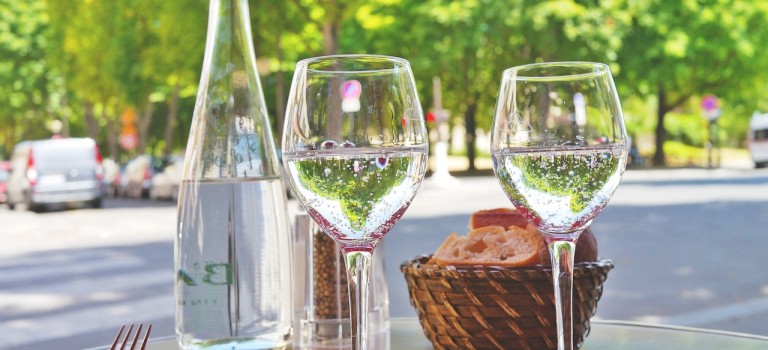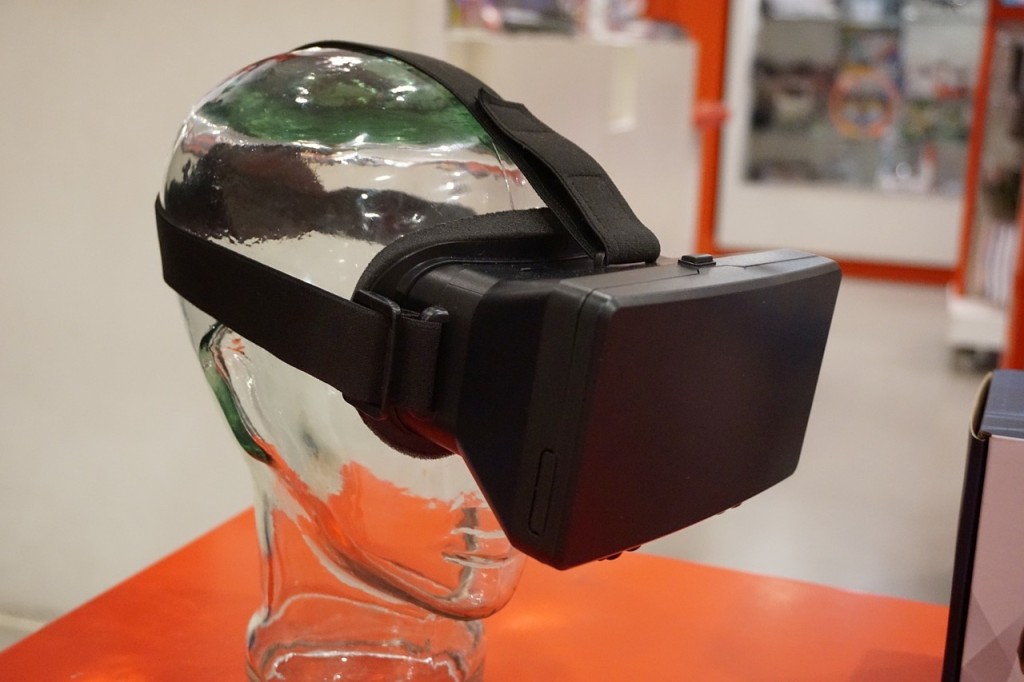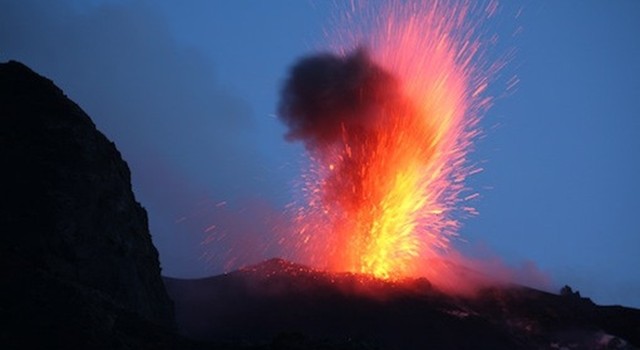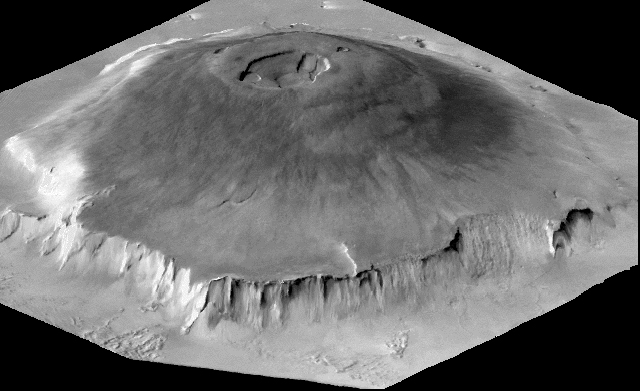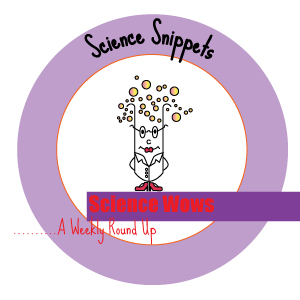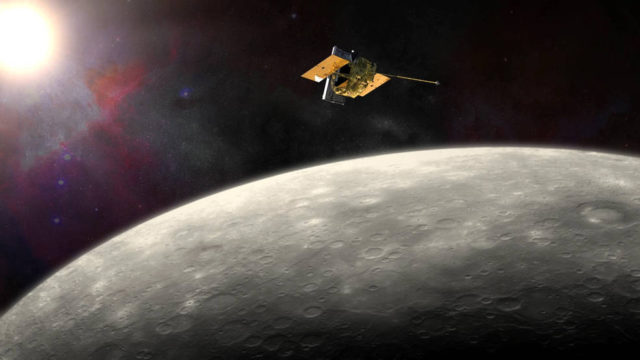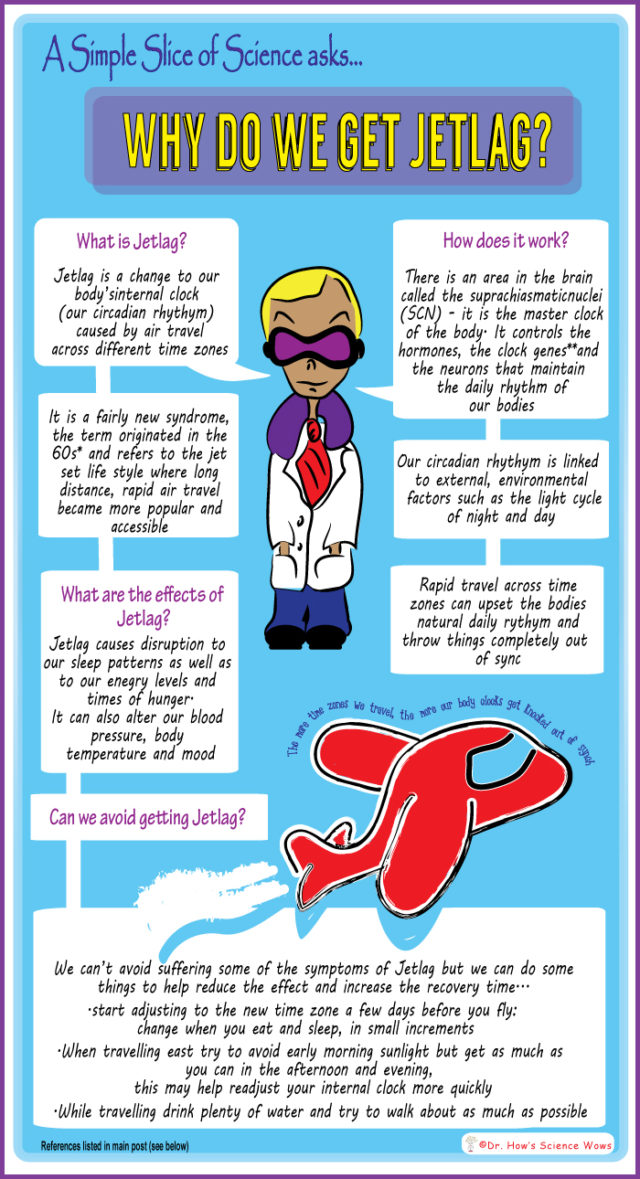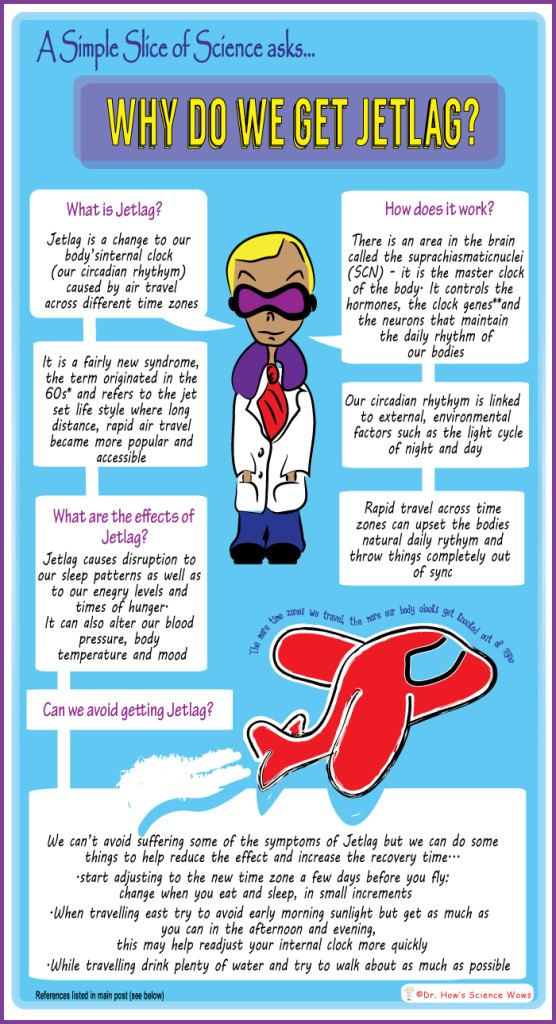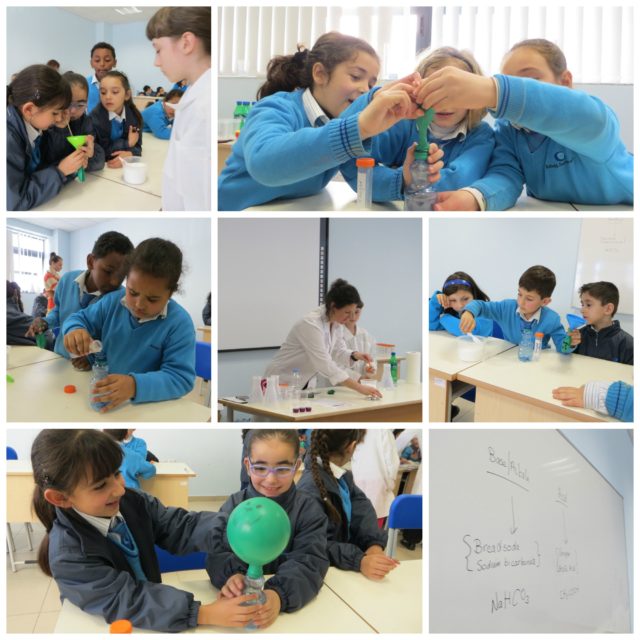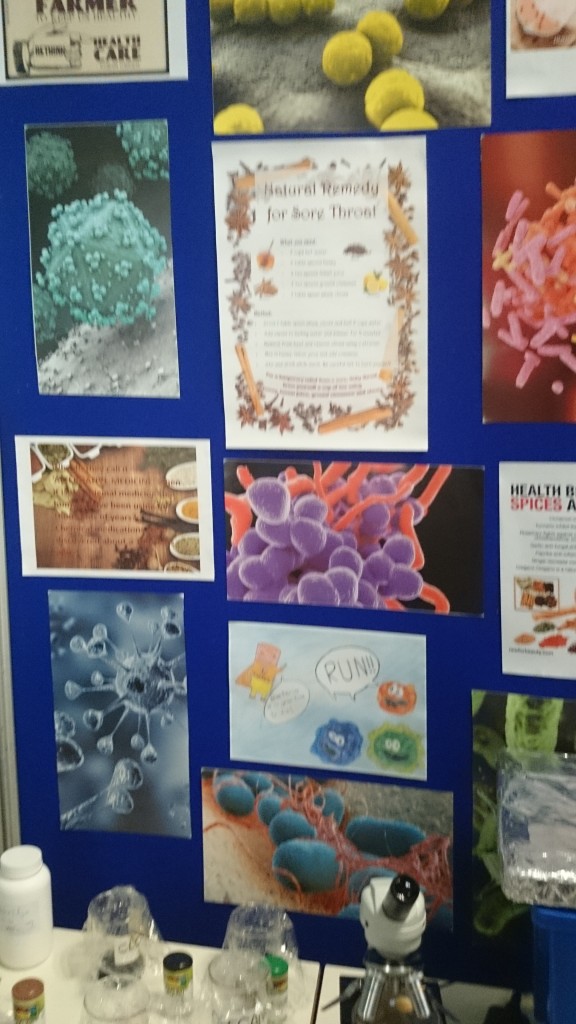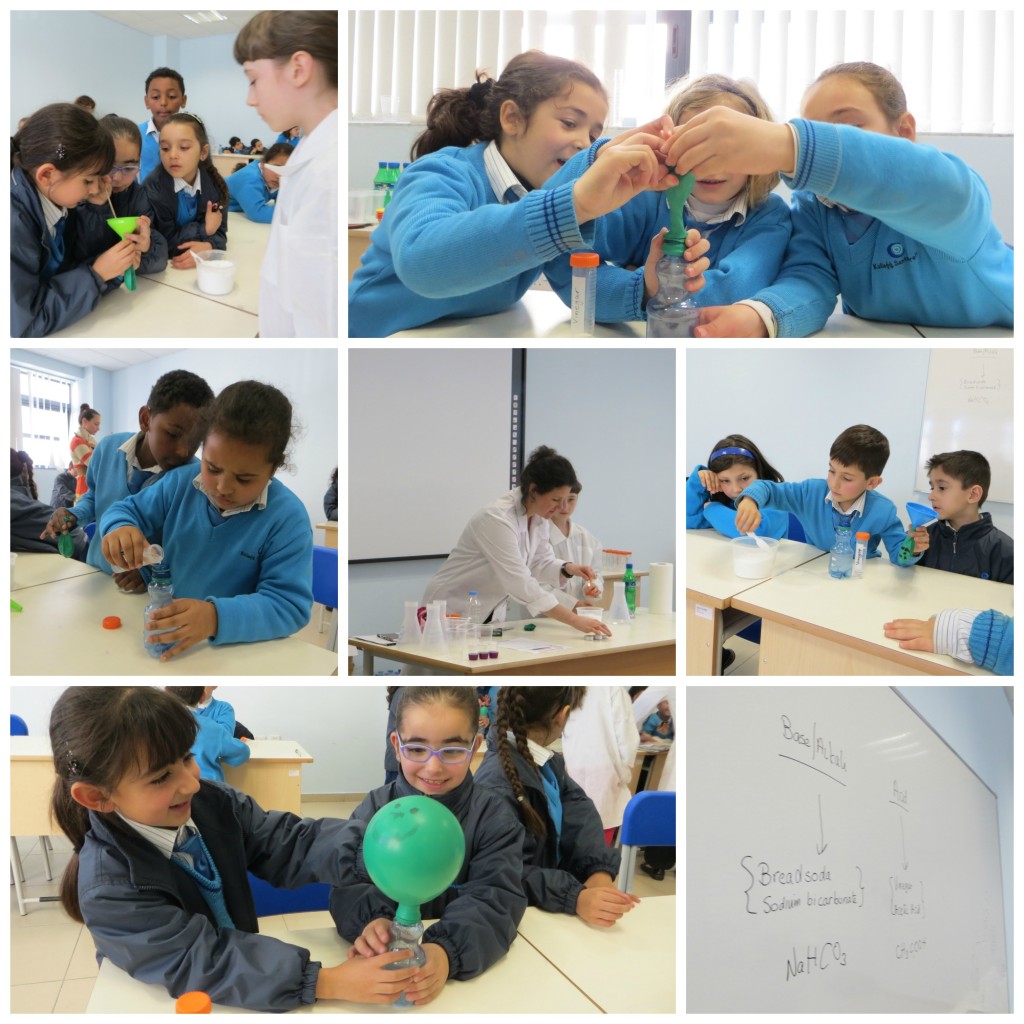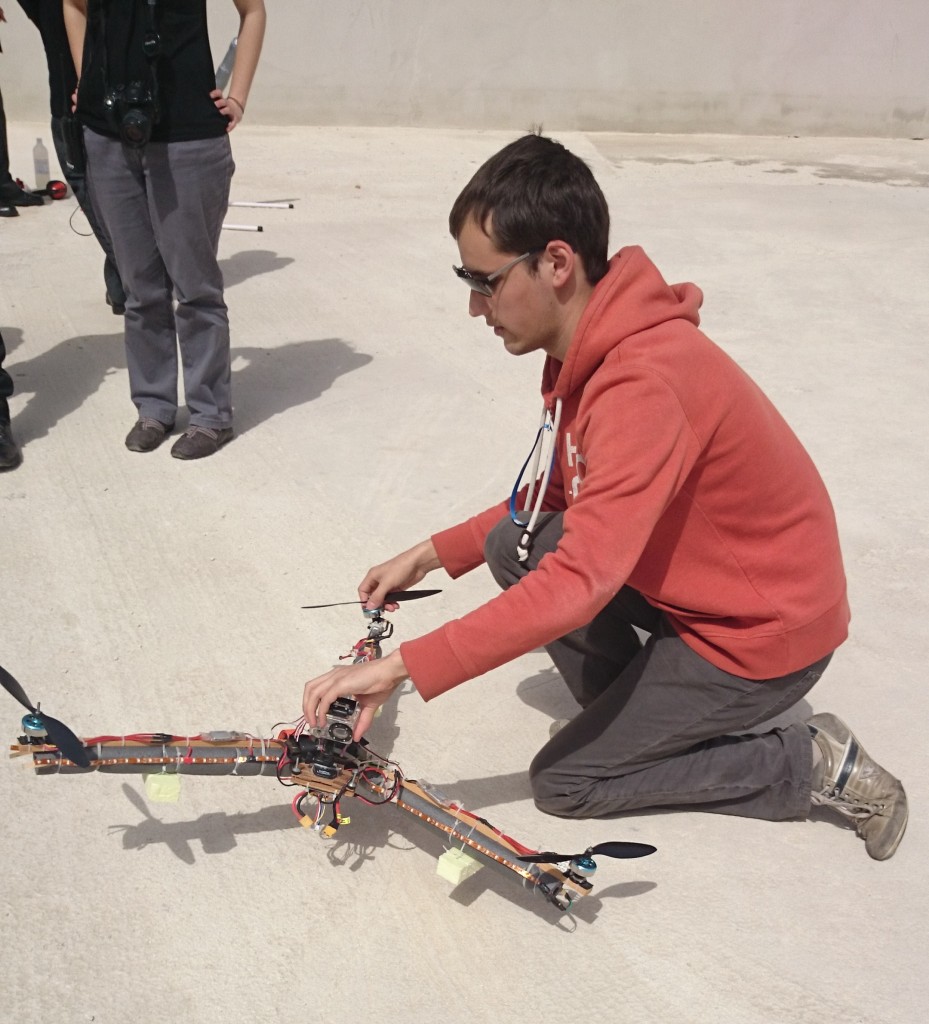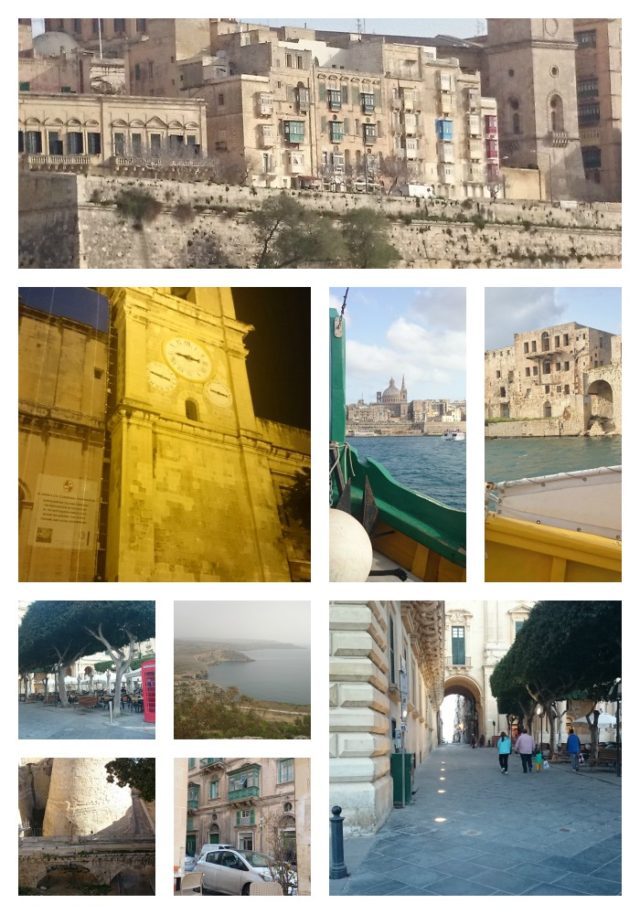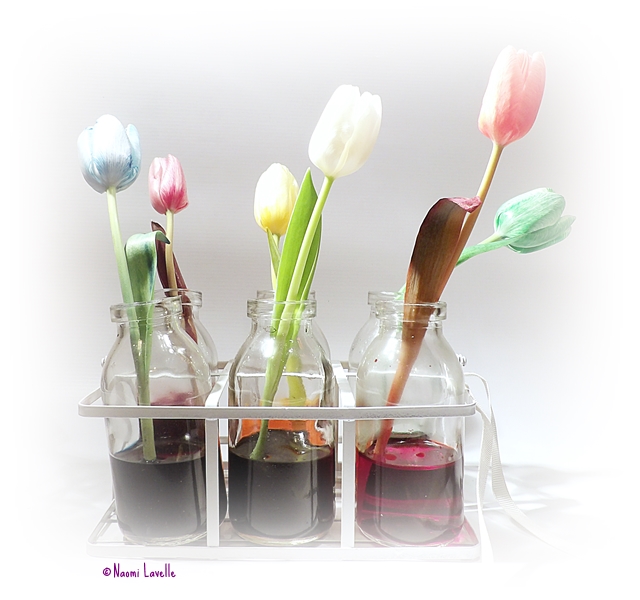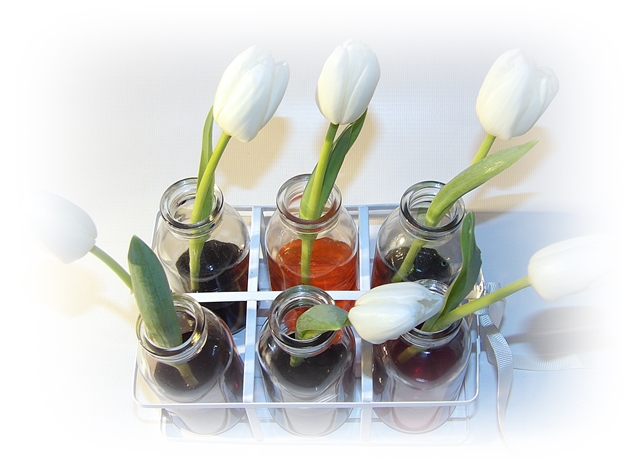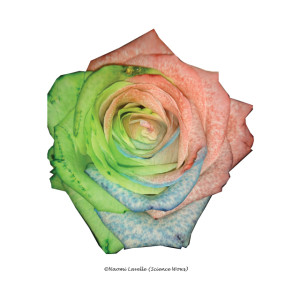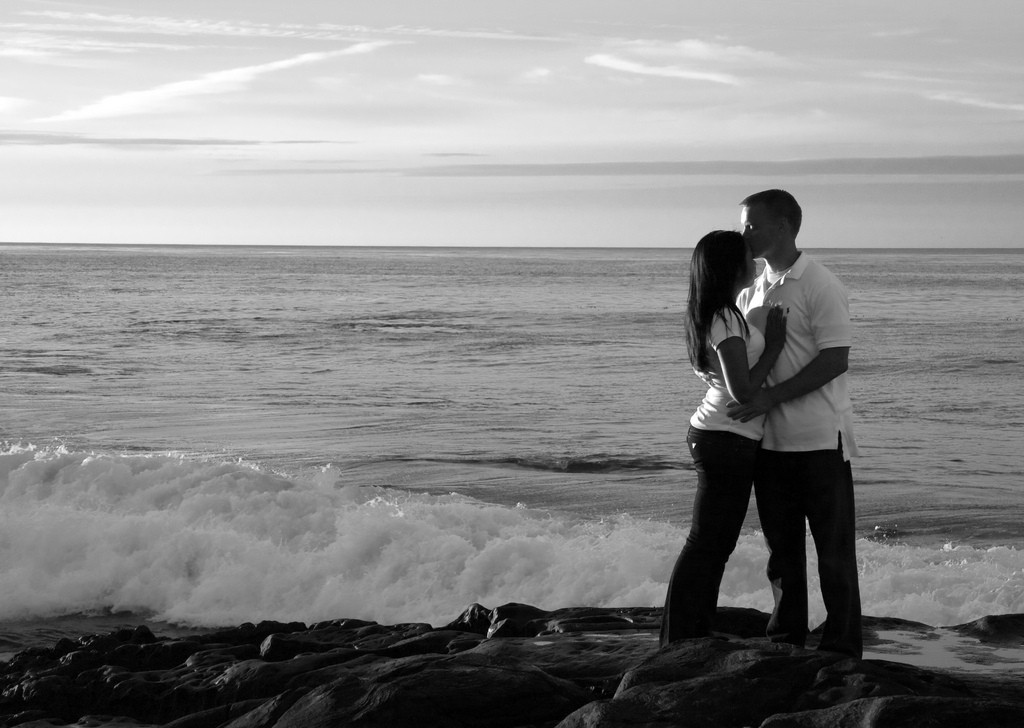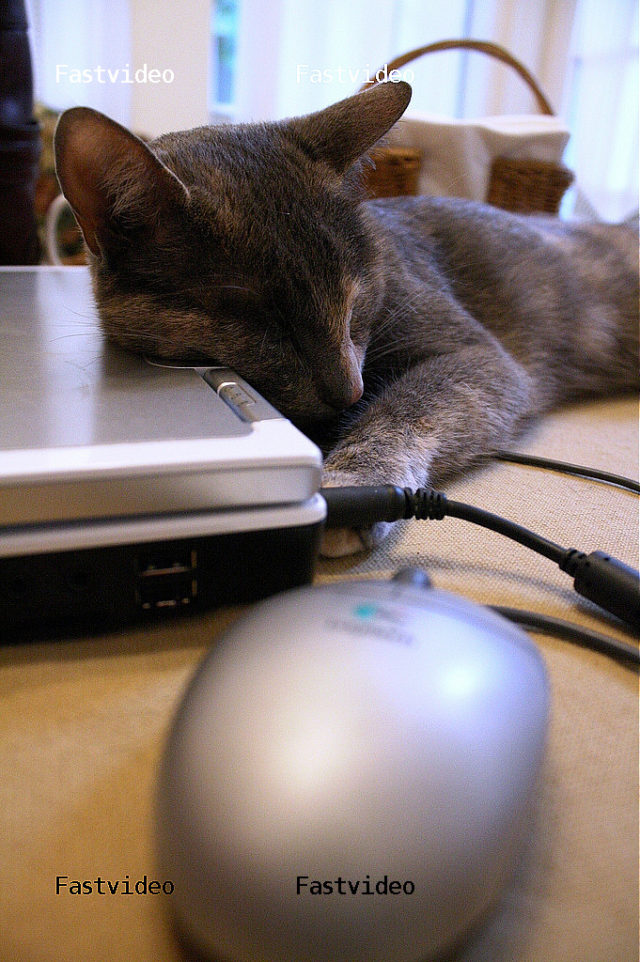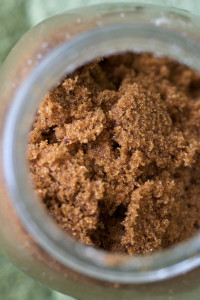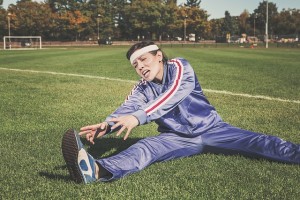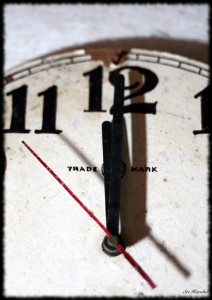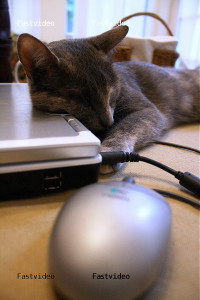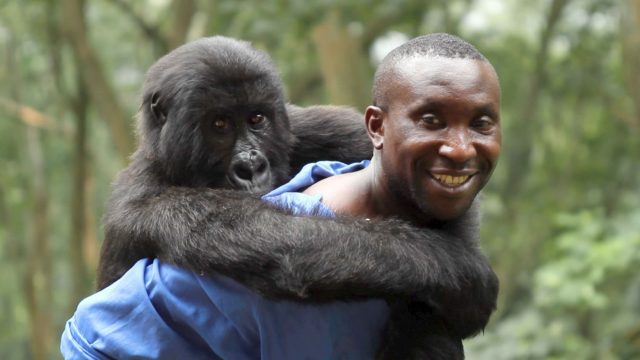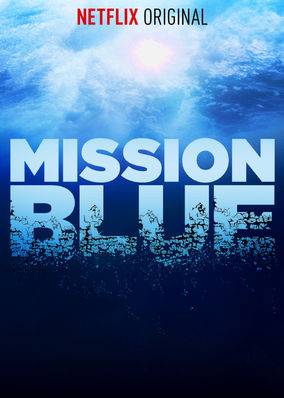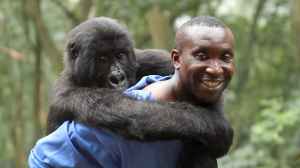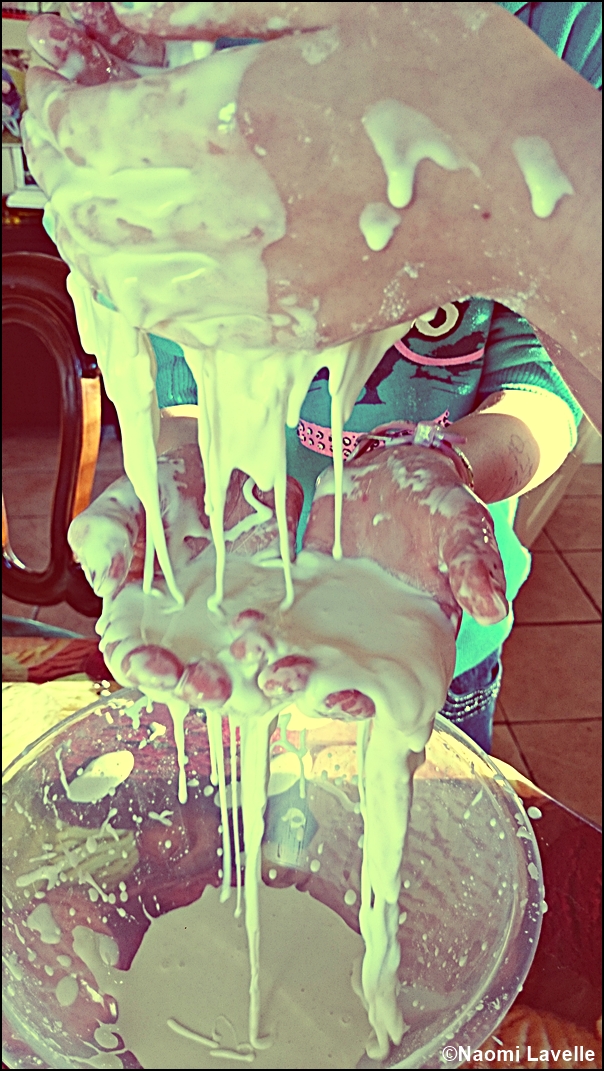I was chatting with my son the other evening when he stopped for a second and said… “you know I really feel like we had this exact conversation before, sitting here, in the exact same way… and that happens to me a lot”.
Time to explain déjà vu.
First off, it is a phenomenon that most of us have experienced. Understandably, it is not an easy thing to study; it tends to happen rarely, is very brief (the feeling usually last between 10 and 30 seconds) and is usually unpredictable. So unless we all walk around with wires stuck to our head, it is a hard one to monitor.
Before looking further into the study of déjà vu, or explanations as to how it works, a definition is required.
Déjà vu is a French term, coined in 1903 by French scientist Émile Boirac and meaning “already seen”. It describes the sense that you have already experienced a current event. It is a sensation that is happening in real time… you are feeling it during, not before, the event so it is not a predictive sense.
Here is an example… you have travelled to a new city for the first time and, as you sit outside a café, listening to your friend talking and feeling the sun on your face you get that very strong feeling that you have lived this exact experience before. And yet you know you have never before been to that café, in that city, with that friend.
So when does déjà vu happen?
It can happen anytime, anywhere. Some people say it happens frequently, some not at all. Through survey and analysis of defined groups the data suggests that people have their first experience of déjà vu between the ages of six and ten, that it is most common among 15 to 25-year-olds and that the occurrence tends to taper off after that.
Of course the first experiences in the six or older bracket could also be explained by a sufficient cognitive ability to recognise and verbalise the sensation, perhaps not present in younger children. Why does déjà vu appear to reduce after the age of 25? It is suggested that this may just be that people become less intuitive or aware of the signs and sense of déjà vu as they age. So a higher frequent of the experience could suggest a heightened awareness and analysis of environment and feelings.
How is déjà vu studied?
As mentioned above, there are a few difficulties in studying the phenomenon of déjà vu; One direct method is with questionnaires and study groups. With something like déjà vu of course, the answers are very subjective.
More direct study methods, have been carried out by Anne Cleary, professor of cognitive psychology at Coloroda University. Initial studies tested to see if images with familiar links could trigger a memory response, even when the link is not obvious. These studies included looking for familiarity triggers in people shown a series of words, some of which had similar sounds. In other studies, volunteers were shown lists of celebrity names and then a variety of celebrity photographs. They were then asked to indicate which celebrities in the photographs were among the list of names originally shows. Interestingly, a large number of volunteers were able to correctly answer these questions, even when the celebrities and their names were not obviously known to them.
Cleary and her team moved on to more complex test methods looking for déjà vu type responses triggered by 3 D computer simulated scenes, appropriately named Déjà ville.
The study group donned computerized headsets that immersed them in a sequence of 3D scenes. The scene layouts appeared unique, however, certain ones contain geometric shapes, like a chair, placed at the exact same grid reference as previously seen in another sample. The scenes with the repeat spatial element tended to trigger feelings of familiarity.
More physical methods of studying déjà vu focus on tracking brain activity with either direct methods like an Electroencephalography (EEG) or indirect methods, like functional magnetic resonance imaging (fMRI). The unpredictable nature of Déjà vu makes this type of study difficult. However, these methods have been applied to two specific groups of people who have a more frequent or predictable form of Déjà vu.
One such group – chronic suffers of déjà vu, are part of a study currently being conducted at a memory clinic at the University of Leeds.
Another group consists of patients with a specific type of epilepsy (medial temporal lobe epilepsy) that affects regions of the brain associated with memory. These regions include…
- the hippocampus (involved in memory formation, transfer of memory from short to long term and control of spatial memory)
- the amygdala (involved in processing of emotional memory)
People with temporal lobe epilepsy often report a déjà vu like experience directly before a seizure. In studies where this process is triggered by electronic stimulation, an increase in neuronal firing in the hippocampus and amygdala have been reported.
How does déjà vu work?
The short answer is that the exact mechanisms and triggers of déjà vu are unknown, but here are some suggestions based on current research:
- Déjà vu may simply be the result of a momentary signally mix up, while the brain process the sensory input of the current moment it simultaneously triggers memory recall.
- As Anne Cleary’s virtual reality studies implied, déjà vu could be a sensation associated with an unconscious recognition one or more familiar items in an otherwise new scene or situation.
- As with temporal lobe epilepsy it could be a result of brain signals misfiring, neurons transmitting random signals within the medial temporal lobe (memory processing area) of the brain.
- Déjà vu may be the result of a storage issue… as we experience the moment and generate a new short term memory of it, it may incorrectly get logged in long term memory… so we suddenly feel that we have experienced it before.
Do you have any interesting déjà vu stories or have any different suggestions to add?
